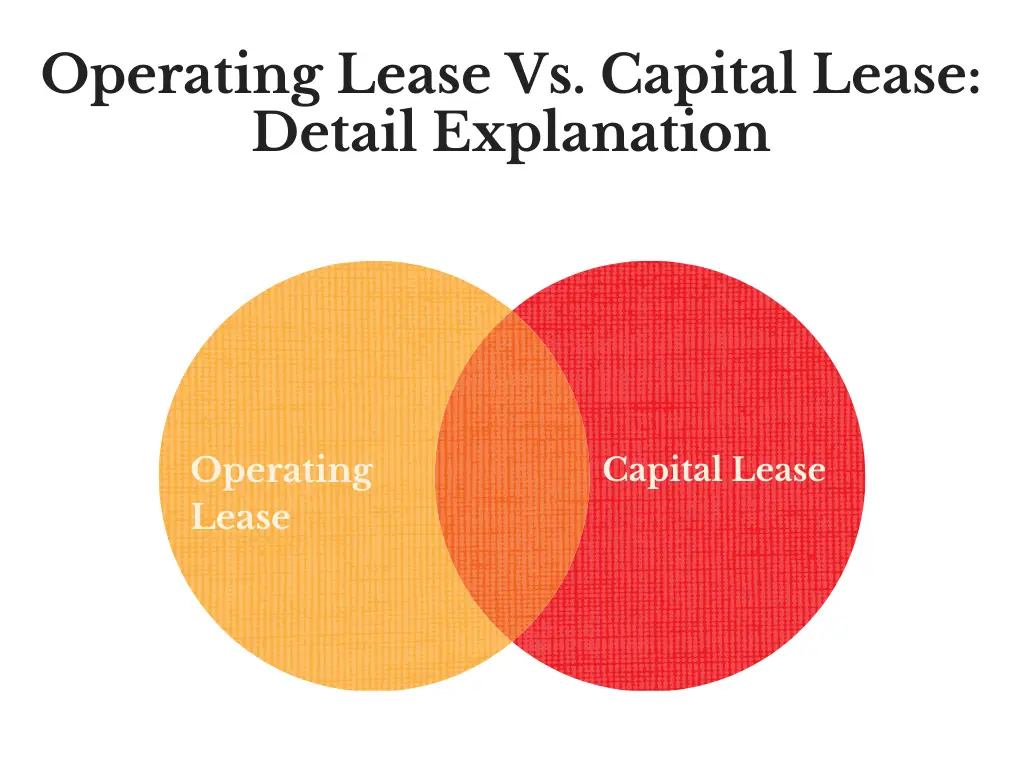What is an Operating Lease?
An operating lease can be defined as a contract that permits the usage of a particular asset. However, it does not transfer ownership rights to the user of the asset. In other words, the ownership rights remain with the owner of the asset.
Operating Leases are mostly for a shorter time duration, lesser than a year. However, they can be extended upon the mutual consensus of both the parties involved.
Operating Lease is considered to be a form of off-balance-sheet financing. This is because of the fact that since they are leased assets, they are not supposed to be mentioned on the balance sheet.
Hence, it helps companies maintain their debt-equity ratio for the investors in the stock market.
A lot of companies prefer to work with an operating lease because they are relatively easier to obtain, and do not require a large commitment from either the company or the investor.
Operating Lease is basically utilized by the company when they want to use an asset, but they do not want to purchase it.
They might choose against purchasing the asset either because of the lack of resources or because of the fact that the leasing option appears to be more viable for them.
It involves the lessee paying the lease amount to the lessor every month the asset is in possession with the lessee.
After the lease period ends, the lessee and lessor can either end the collaboration, or they can renew their lease in the case where the lessee wants to use the asset furthermore.

What is a Capital Lease?
A capital Lease, on the other hand, is a contract that is signed between both parties for an asset, which is supposed to be treated like a fixed asset on the balance sheet of the lessee. This particular lease is mostly on a long-term basis, and cannot be canceled by the lessee, or the lessor.
In the capital lease, the lessor tends to transfer the ownership right of the given asset to the lessee at the end of the lease period.
However, during the lease period, the possession stays with the lessee, but the legal ownership right stays with the lessor.
In a capital lease, there is a certain criterion that needs to be met for a lease to be classified as a fixed asset on the balance sheet. These conditions are given below:
- A transfer of ownership option is extended to the buyers at the end of the period.
- An option that is extended to purchase the asset at a discounted price, at the end of the lease term (also referred to as bargain purchase)
- The term of the lease is greater than or equal to almost 75% of the useful life of the asset. For example, if the asset has a useful life of 10 years, then the capital lease should cover a period of at least 7.5 years.
- The present value of the lease payments is greater than or equal to 90% of the fair market value of the underlying asset
- The assets that are sublet to the lessee are specialized for their particular usage and do not need any amends for those assets being utilized without any significant major changes
Key Differences between Operating Lease and Capital Lease
Operating Leases and Capital leases are both very common in modern-day business practice, however, there are some key differences between both of them.
Some of the key differences between operating lease and capital lease are given in the table below:
| Capital Lease | Operating Lease |
| In the capital lease, risk and rewards are transferred to the lessee. | In Operating Lease, risks and rewards stay with the seller. |
| The lessee is supposed to depreciate the asset in the capital lease (since ownership is going to be transferred later on in the process) | The operating lease does not require the asset to be depreciated. |
| A capital lease is treated as an asset in the balance sheet. | Operating Lease is treated as an expense in the income statement. |
| A capital lease is mostly signed on for a longer time period. | Operating Lease is signed on for a shorter time duration. |
| A capital lease cannot be canceled or revoked. | The operating lease can be canceled or revoked. |
| Transfer of ownership is fundamental when it comes to capital lease. | There is no transfer of ownership required when it comes to operating a lease. |
| Bargain Purchase option is available. | There is no bargain purchase option available. Once the lease ends, the asset has to be returned to the owner of the asset. |
